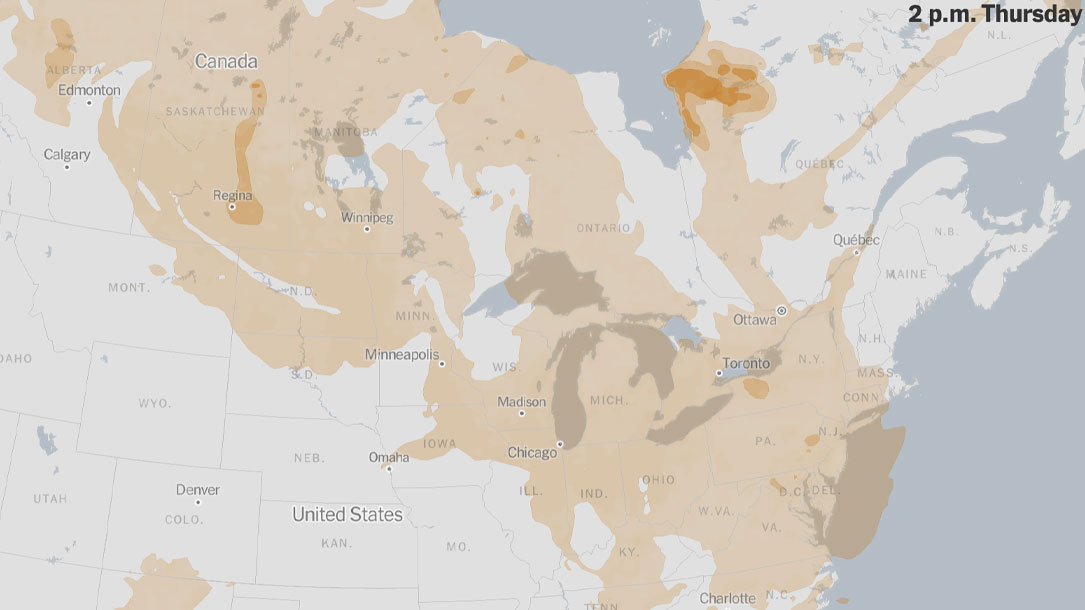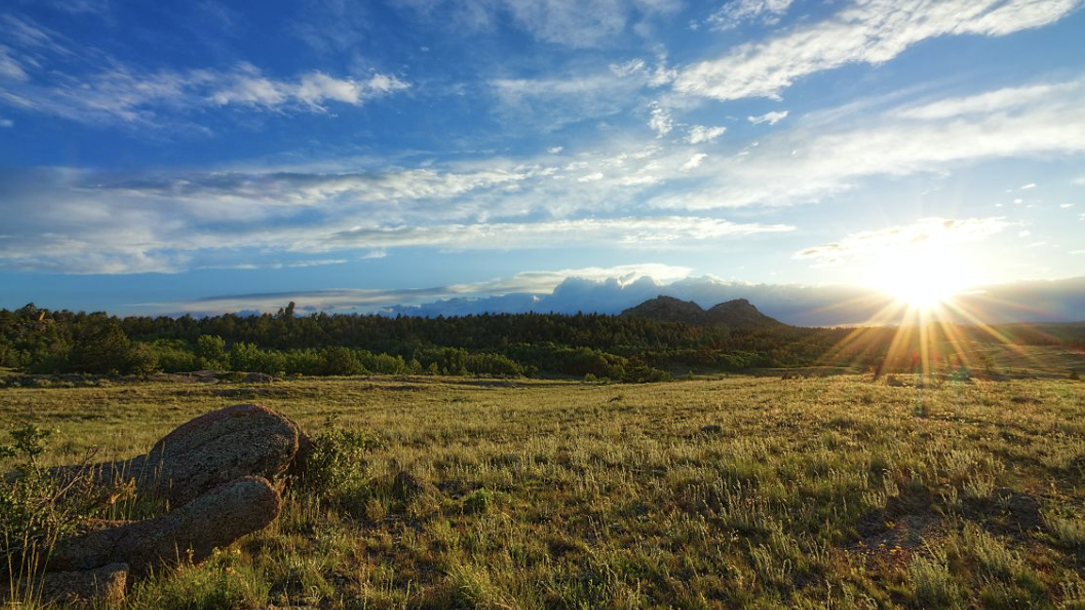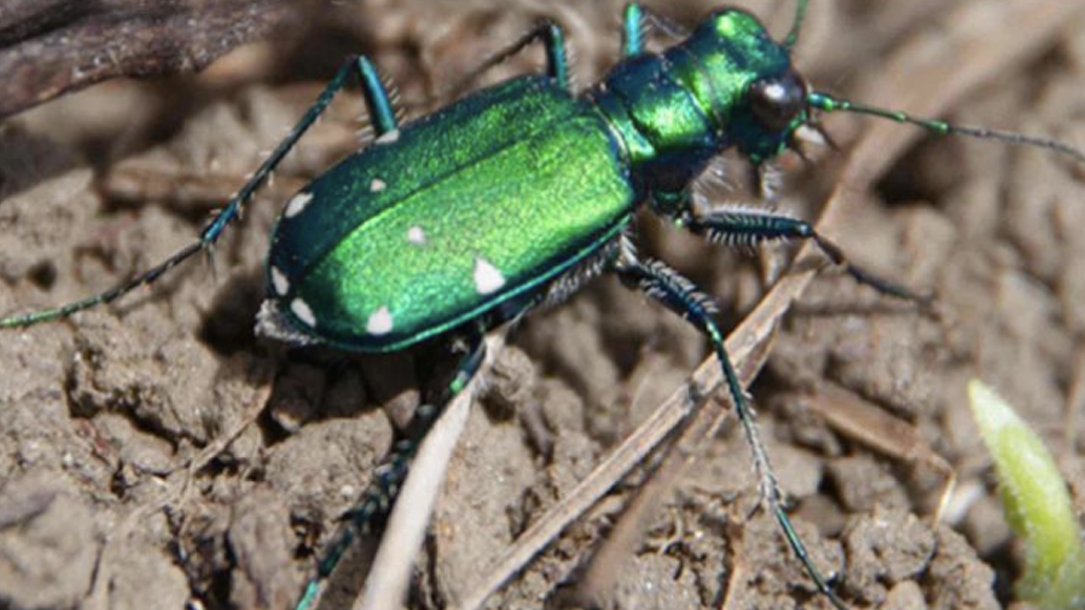Home > Climate News >

Liana liberation: New study shows freeing trees from woody vines is a profitable natural climate solution
Liberating trees from their burdens of woody vines (lianas) is an extremely cost-effective way to improve the economic value of managed forests and help mitigate climate change, according to new research published in Forest Ecology and Management by scientists from the University of Florida, The Nature Conservancy, Conservation International, and partner institutions…

Yale Climate Opinion Maps 2021
This version of the Yale Climate Opinion Maps is based on data through fall 2021. Public opinion about global warming is an important influence on decision making about policies to reduce global warming or prepare for the impacts, but American opinions vary widely depending on where people live. So why would we rely on just one national number to understand public responses to climate change at the state and local levels? Public opinion polling is generally done at the national level, because local level polling is very costly and time intensive. Our team of scientists, however, has developed a geographic and statistical model to downscale national public opinion results to the state, congressional district, and county levels. We can now estimate public opinion across the country and a rich picture of the diversity of Americans’ beliefs, attitudes, and policy support is revealed.

Maps: Tracking air quality and smoke from Canada wildfires
Smoke and haze lingers over sections of North America, as polluted air continues to spread from hundreds of wildfires burning throughout Canada.
This is the current status of air quality across the United States and Canada. (Here’s a guide to understanding air quality readings.)
In early June, the level of particulate matter in the air from smoke became so unhealthy that many U.S. cities set records. Some Canadian cities experienced far worse conditions. At points, it was hazardous to breathe everywhere from Minnesota and Indiana to sections of the Mid-Atlantic region and the South, according to AirNow, a U.S government data source.

Climate change, antibiotics may threaten soil
A study by researchers at the Cary Institute of Ecosystem Studies in Millbrook, New York, has shown that when rising temperatures combine with antibiotic residues expelled by livestock, it degrades soil microbe efficiency, soil resilience to future stress, and its ability to trap carbon…

Breaking down the Inflation Reduction Act program by program, incentive by incentive
The Inflation Reduction Act is the biggest investment in clean energy and climate solutions in American history, so it can be hard to keep track of everything in it. This spreadsheet breaks down the funding opportunities in the bill in a way that allows a variety of users to easily find out which IRA programs and tax incentives can benefit them.
In particular, this spreadsheet was developed for use by:
- State and local/municipal governments
- Tribal Nations
- Businesses
- Non-profits
- Institutions of higher education
- Individual consumers

Cities are rethinking what kinds of trees they’re planting
The U.S. Forest Service estimates that cities are losing some 36 million trees every year, wiped out by development, disease and, increasingly, climate stressors like drought. In a recent study published in Nature, researchers found that more than half of urban trees in 164 cities around the world were already experiencing temperature and precipitation conditions that were beyond their limits for survival.
“So many of the trees that we’ve relied upon heavily are falling out of favor now as the climate changes…”

A fresh look into grasslands as carbon sinks
The researchers also found that continuous livestock grazing reduces plant cover, diversity, and productivity, and that seasonal or rotational grazing show the least negative effects and can even promote soil carbon storage.
“[We found that grassland ecosystems’] plant and microbial biodiversity and functions can be restored by improving grassland management, leading to substantial carbon removal from the atmosphere thus contributing to climate change mitigation”…

Talking climate in a red state
Climate change has become one of the most politically-polarized topics in the entire country. Today, the extent to which we agree with the simple facts that climate is changing, humans are responsible, the impacts are serious, and action is needed has nothing to do with how much science we know and everything to do with where we fall on the political spectrum.
In such a polarized environment, how can we have constructive conversations that move us forward together rather than driving us farther apart? Katharine Hayhoe untangles the science behind how our beliefs shape our identity and highlights the key role our values can play in shaping our conversations on this crucial topic.

New 50-year study offers insight into effects of climate on bird reproduction
Beyond effects of a warming climate on individual species’ reproductive output, the study also considered whether climate change may affect offspring production by interacting with other attributes of the birds…
Warming temperatures also were associated with less offspring production among relatively large birds. These changes were not necessarily caused directly by climate change but by the effects of climate change on the life histories and ecological traits of species that influence clutch size and rates of nesting failure over time…

Future of many North American crops may depend on ground beetles’ response to climate change
By analyzing data on 136 different ground beetle species from diverse habitats across continental North America, Puerto Rico and Hawaii, the researchers found that a species’ odds of success in a changing climate depend on several core traits, such as its habitat preference, body size, and whether it flies, burrows, climbs, or runs.
“We found that less mobile, nonflying ground beetles, which are critical pest control agents, are more likely to decline over time in a warmer, dryer climate,” said Tong Qiu, assistant professor of multifunctional landscapes at Penn State, who led the study. “That means you’re going to have more pests that can impact agricultural and forest ecosystems…”












